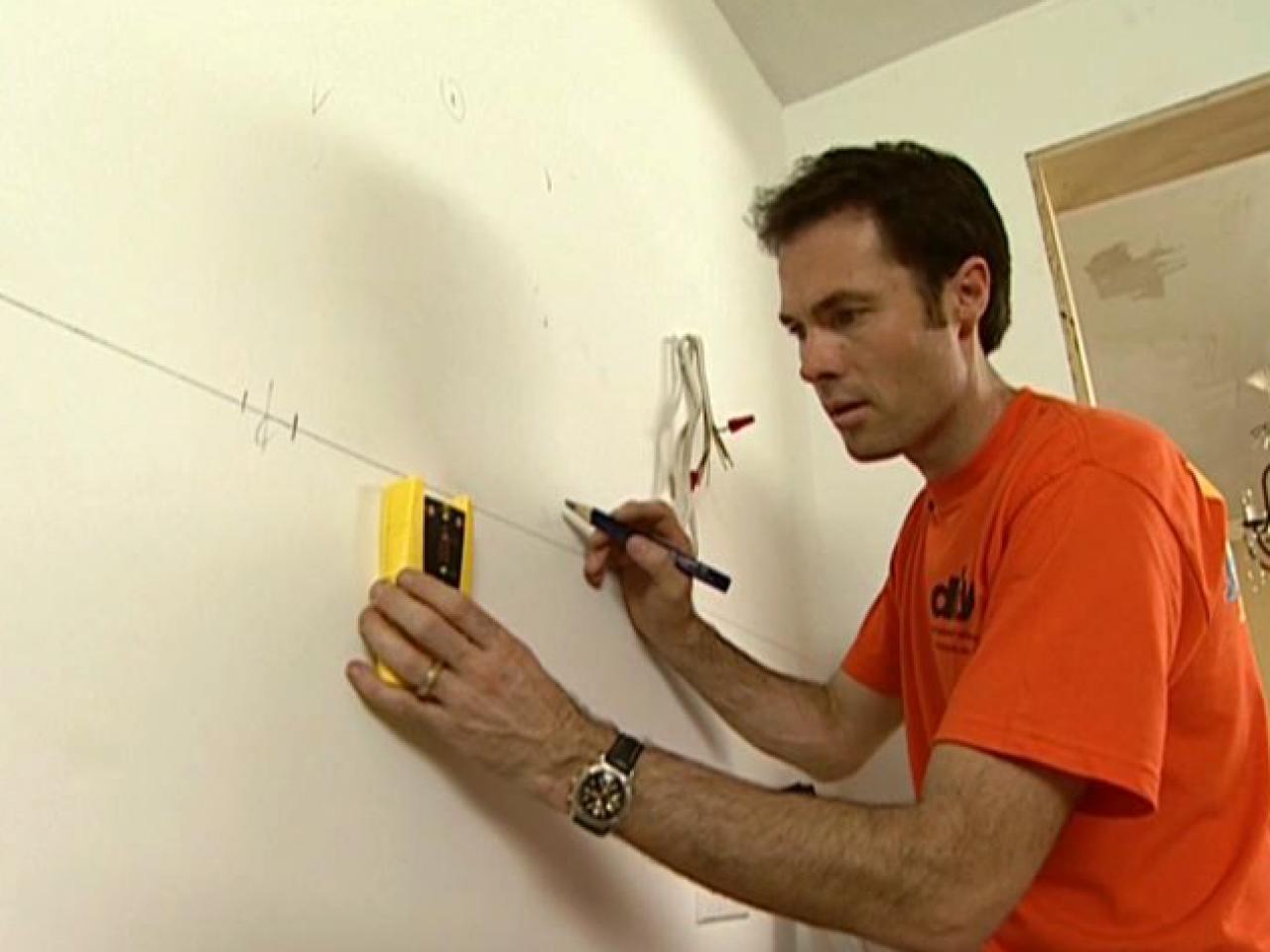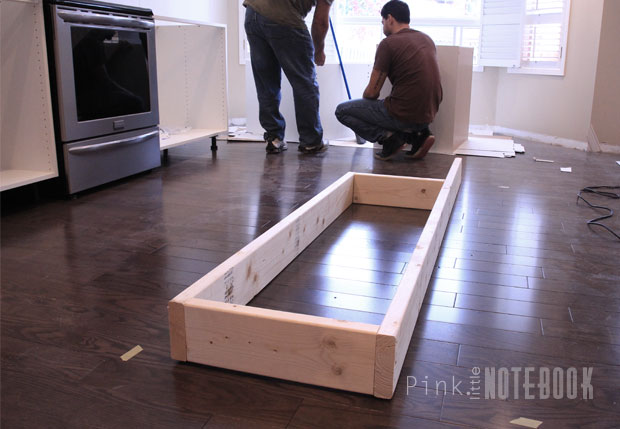Installing kitchen base cabinets on an uneven floor can be challenging, but with the right approach, you can achieve a level and stable result. Begin by assessing the floor to determine the extent of the unevenness. Use a long level to identify high and low spots. Mark these areas with a pencil to guide your adjustments. This initial assessment ensures you know exactly where to focus your efforts, making the installation process smoother and more efficient.
Next, start with the highest point of the floor and use it as a reference. Position the first cabinet at this high spot and use shims to level it. Shims are thin pieces of wood or plastic that help fill gaps and create an even surface. Place the shims under the cabinet until it is level, checking with a level tool as you go. Secure the cabinet to the wall using screws, ensuring it remains stable and level. This step sets a solid foundation for the rest of the cabinets.
Continue installing the remaining base cabinets by aligning them with the first one. Use shims to adjust each cabinet, ensuring they are level with the reference cabinet. Connect the cabinets using screws through their side panels for added stability. As you work, check the level frequently to maintain consistency. This method ensures that all cabinets are aligned and stable, even if the floor is uneven. The result is a professional-looking installation that stands the test of time.
Once all the base cabinets are installed and level, it’s time to address any gaps between the cabinets and the floor. Use additional shims to fill these gaps, providing extra support and stability. Trim the shims to be flush with the cabinet edges for a neat appearance. If necessary, use a quarter-round or baseboard trim to cover any visible gaps, ensuring a finished look. This final touch enhances the overall aesthetics of your kitchen and gives it a polished, cohesive appearance.
Regular maintenance is essential to keep your cabinets in top condition. Periodically check the cabinets for any signs of shifting or instability, especially if your home settles over time. Adjust the shims as needed to maintain a level surface. By following these steps, you can successfully install kitchen base cabinets on an uneven floor, creating a functional and beautiful kitchen space that enhances your home’s value and appeal.
How to Install Wall and Base Kitchen Cabinets how-tos DIY
Creating an IKEA Kitchen Island – Pink Little NotebookPink Little Notebook
Related Posts:
/fix-sloping-sagging-and-unlevel-floors-1821649-hero-68d2631bcad54abea26c3d9c681302da.jpg)




